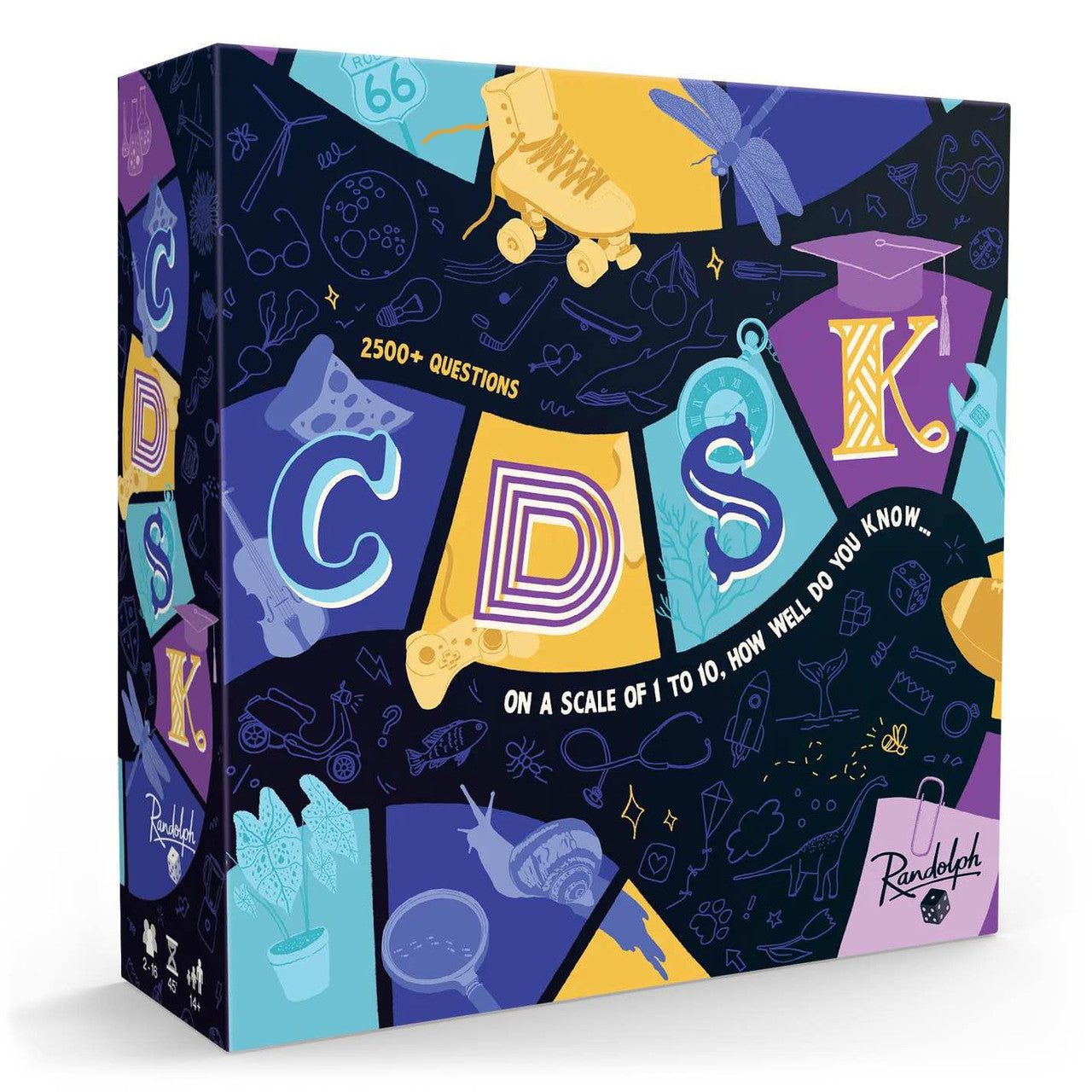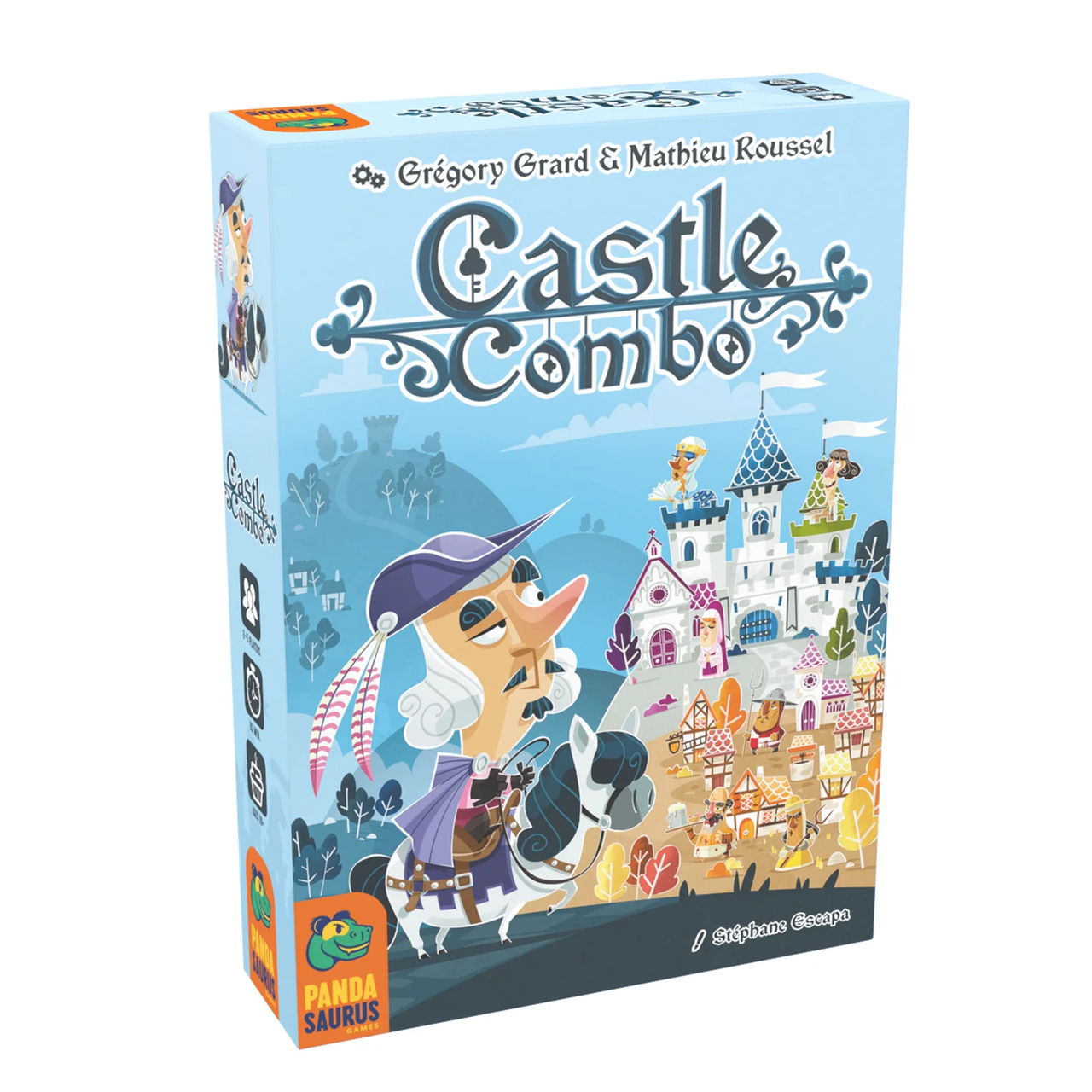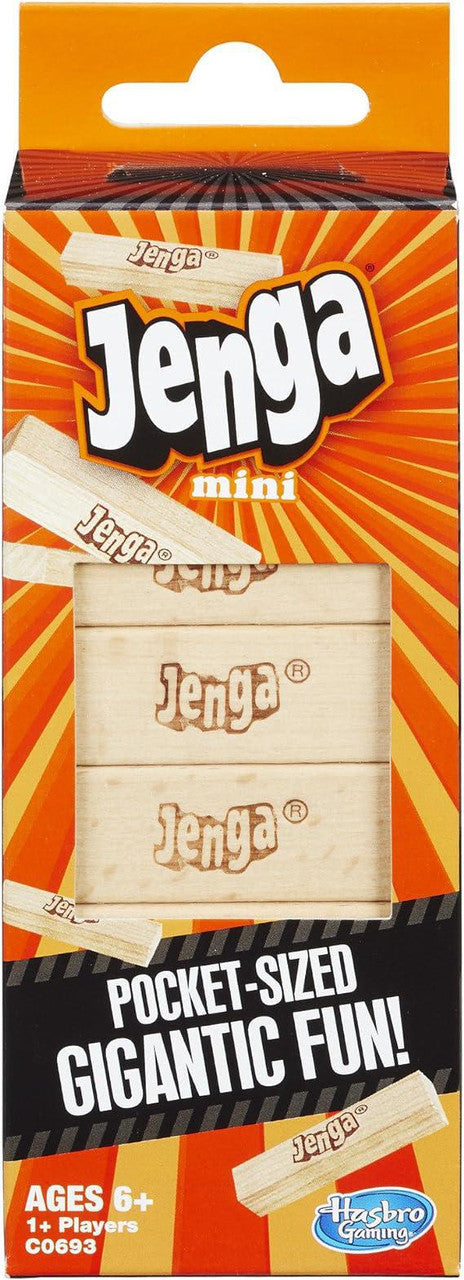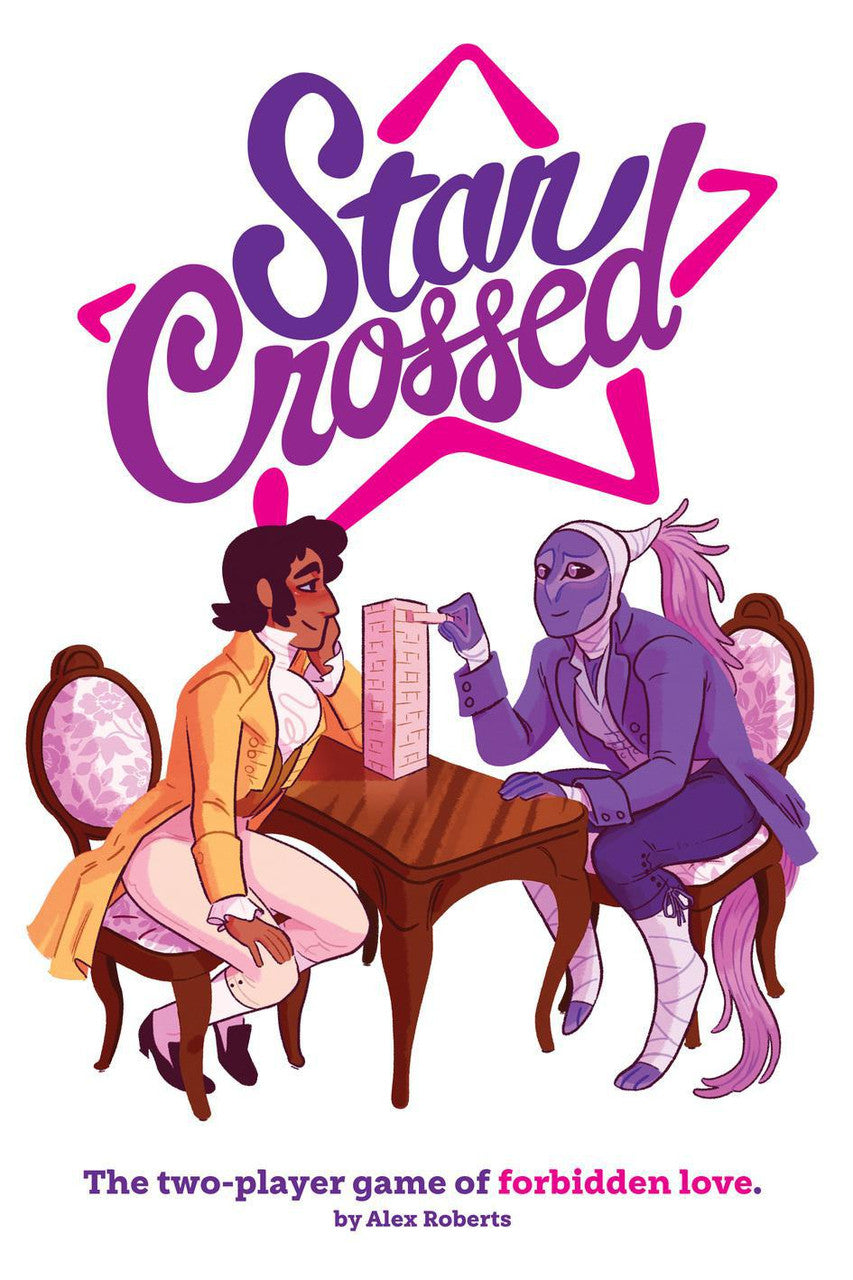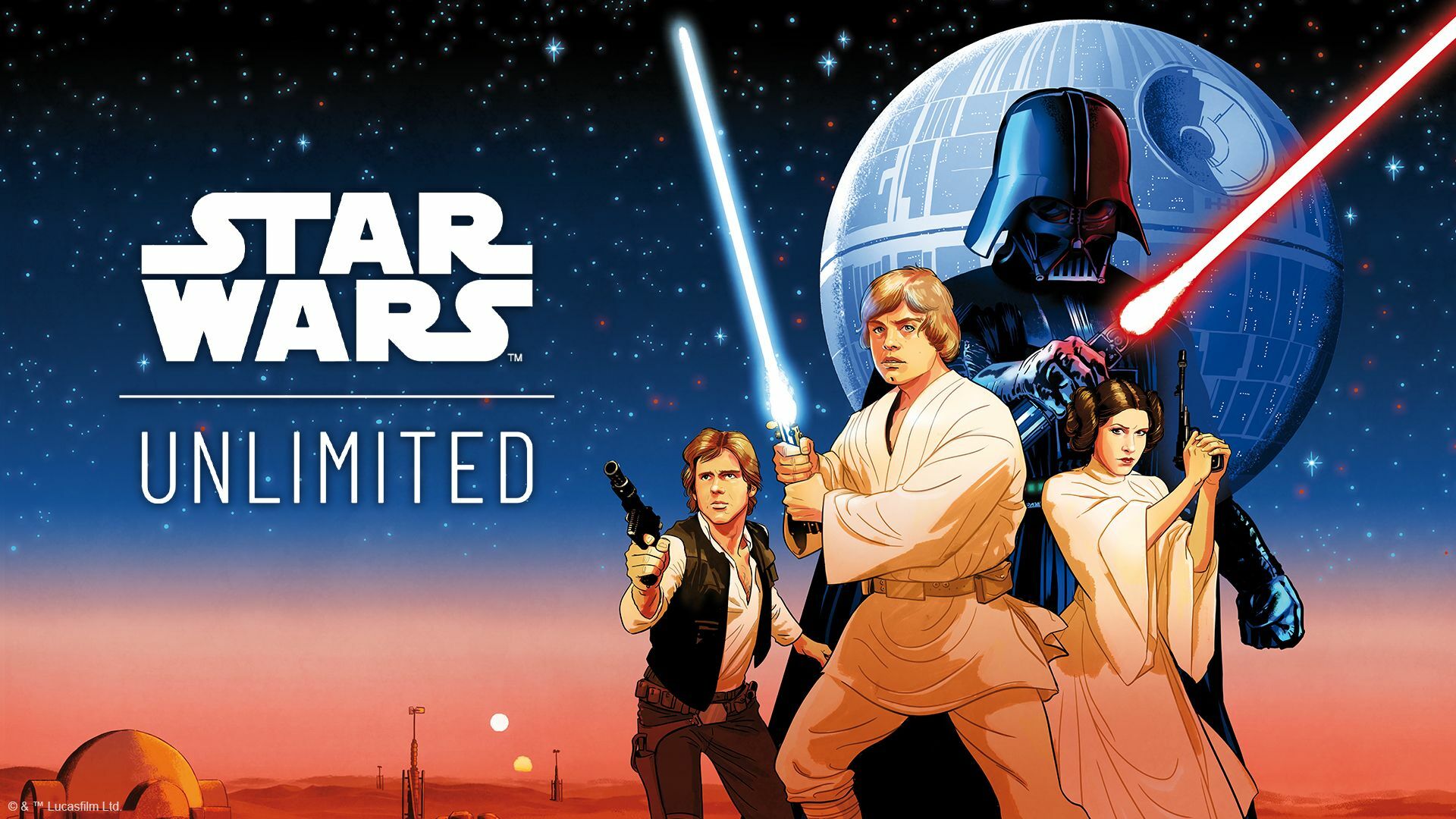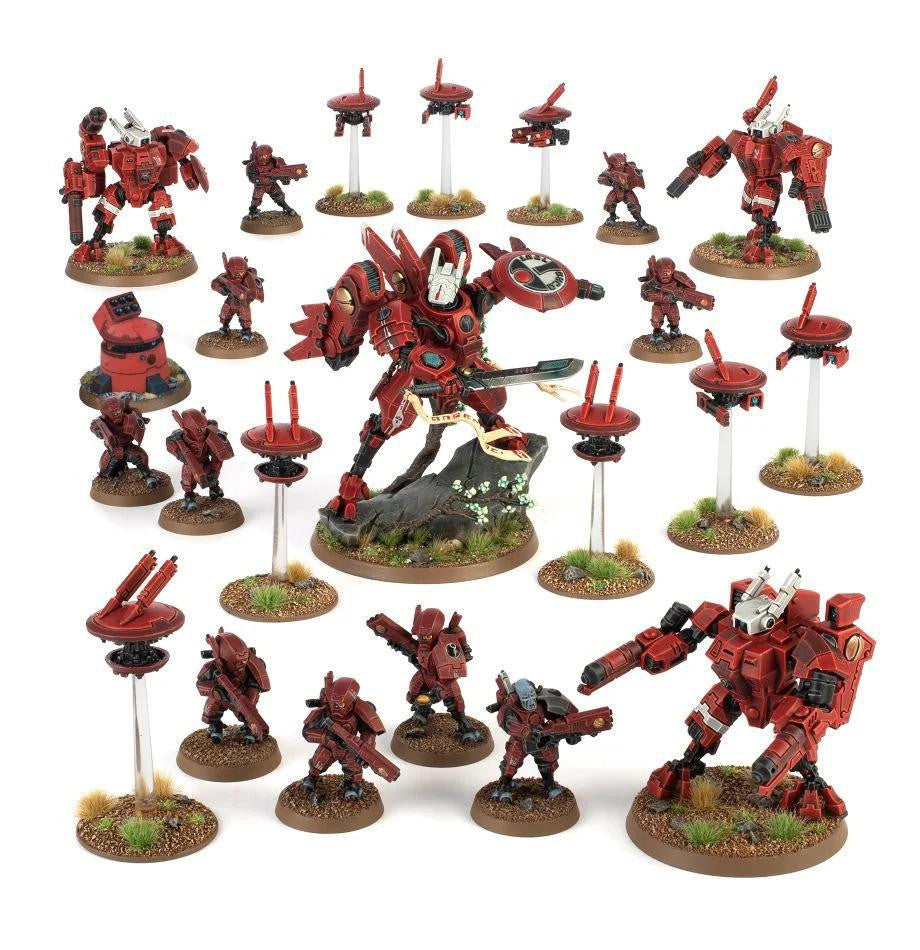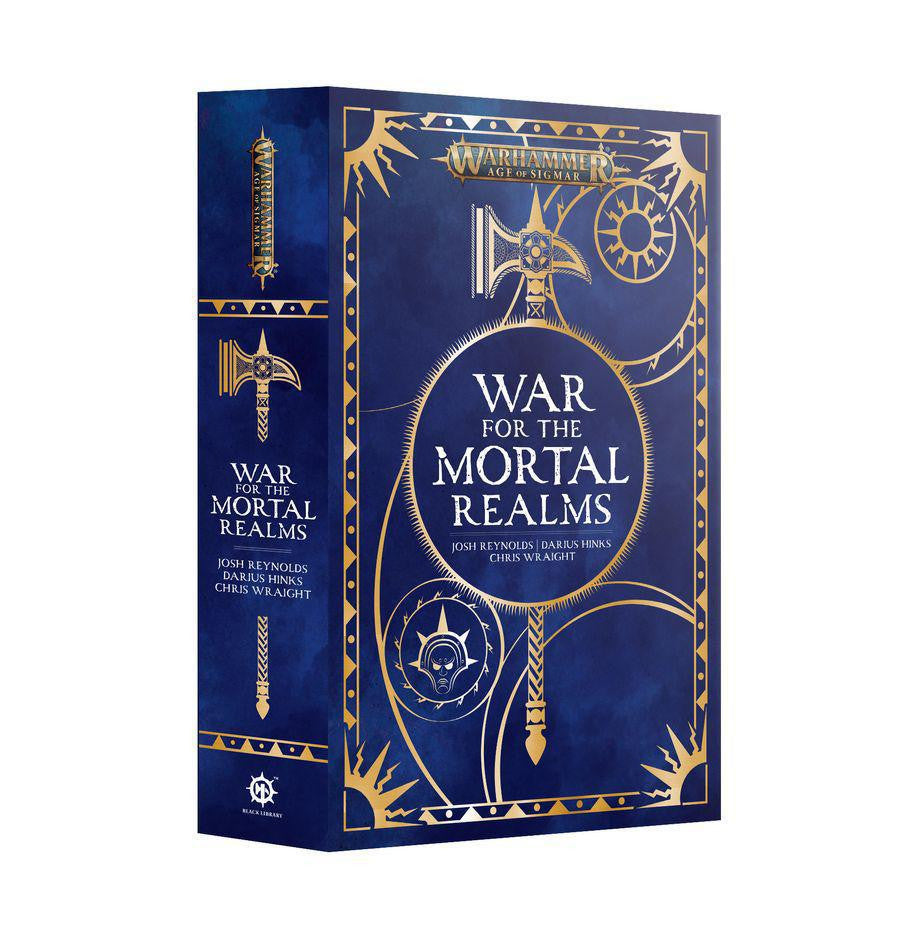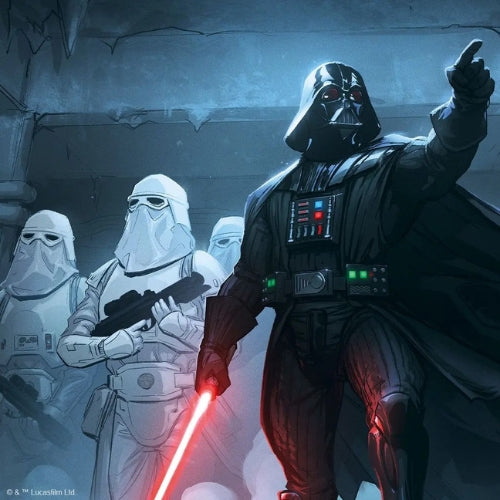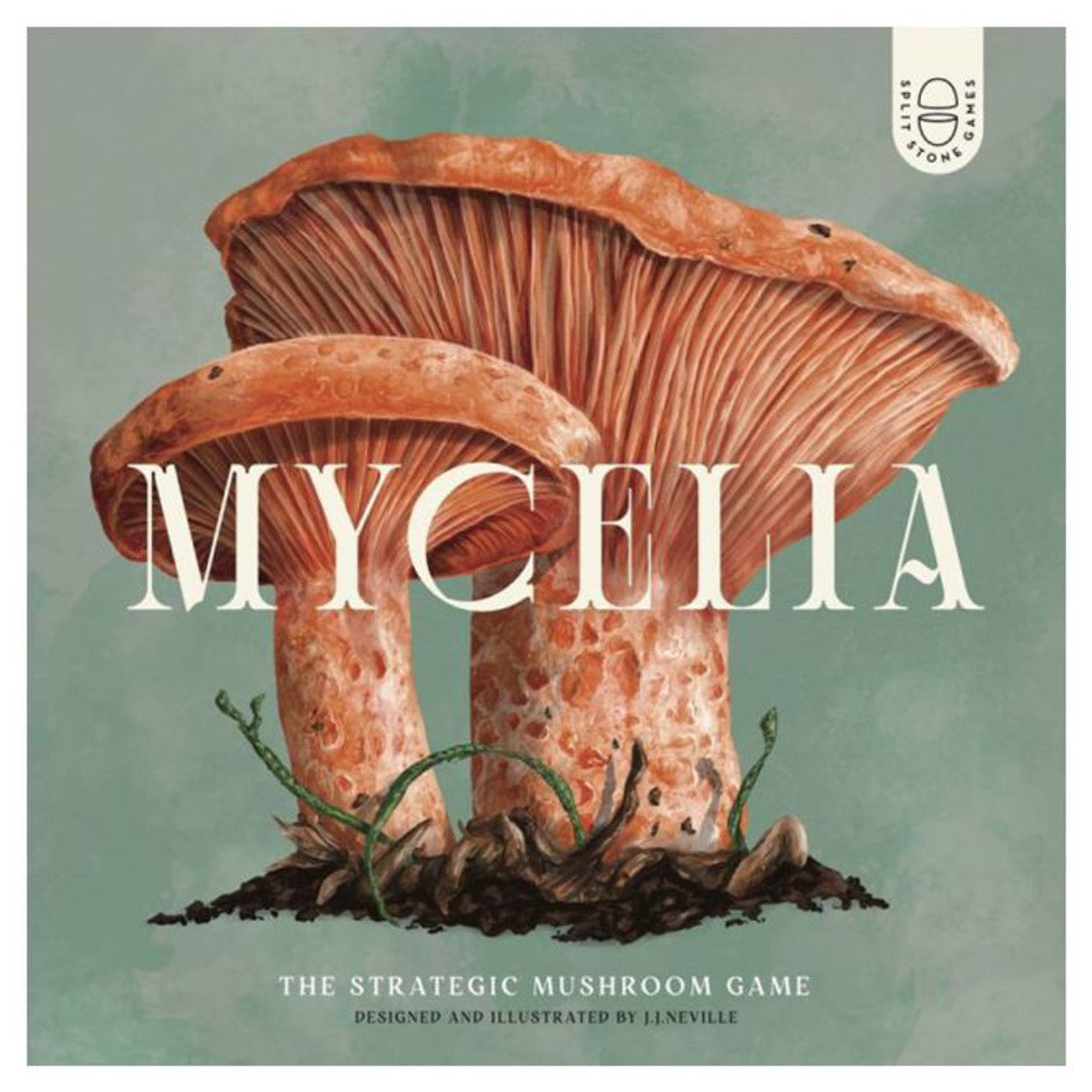Star Wars Unlimited is the latest TCG to hit the scene and it's been great seeing the community grow since the launch. It combines classic Star Wars characters and themes with a really intuitive and easy-to-learn gameplay style that keeps games moving. Here's a quick rundown on how to setup and play Star Wars Unlimited, and if you're interested in trying it out yourself, drop into the store and play in one of our events!
Setup The Game
To set up a game of Star Wars: Unlimited, each player puts their base into play in the center of the table. Then players place their leader cards beneath their base, horizontal (non-unit) side faceup.

The base and leader combination represent the aspects of your deck and guide you on the types of cards you should include. Luke Skywalker represents both Heroism and Vigilance, while his base, Administrator's Tower represents Cunning. Darth Vader has the Villainy and Aggression aspects, and the Commander Center fittingly provides the Command aspect.
Next, randomly determine which player starts the game with the initiative and give that player the initiative counter. Once that’s done, both players shuffle their respective decks and draw a hand of 6 cards. Players are allowed one “mulligan,” in which they shuffle their entire hand back into their deck before drawing a new hand of 6. Be careful, the new hand must be kept no matter what!
After that, each player chooses 2 cards in their hand to place facedown in front of them as “resources.” These will be used to pay for cards played throughout the game and can no longer be used for their own abilities.

Once both players are ready, the game starts with the first action phase.
The Action Phase
In this phase, players go back and forth taking a single action at a time. The player with the initiative counter takes the first action, then their opponent acts, and so on until both players have passed.
It's this back and forth gameplay that makes Star Wars Unlimited different from games like Magic and Pokémon where players take turns doing everything they can all at once, and it makes the game dynamic.
The actions available to each player are:
- Play a card,
- Attack with a unit,
- Use an action ability,
- Take the initiative,
- And pass.
Play a Card

The first option, play a card, involves “exhausting” (turning sideways) a number of resources equal to the cost of a card in the player’s hand, and then playing that card. Once exhausted, a resource can’t be used again until it is “readied” (turned back upright). The cost of a card is the number in its top-left corner; for example, R2-D2 costs 1 resource to play, while I Am Your Father costs 3.
Arenas
If a unit is played, it comes into play exhausted. Ground units are played in the ground arena while space units are played in the space arena. The arenas are to the left and right of the player’s base, and which one is which is determined by the first unit played; for example, if the first unit played is an Alliance X-Wing , then the arena it’s played into becomes the space arena for that game. Keep in mind that units can only attack other units in the same arena as themselves.
When a unit is played, immediately resolve all “When Played” abilities it has. For example, the Viper Probe Droid allows players to look at their opponent’s hand, while the Imperial Interceptor deals 3 damage to a space unit.
If an upgrade is played, the player must “attach” it to a unit by placing it beneath that unit. Upgrades often provide a boost to a unit’s power and HP (the red and blue numbers on the unit card) and can have additional effects depending on the upgrade in question and what unit it’s attached to.
For example, Luke's Lightsaber gives +3 power and +1 HP (or “+3/+1” for short) to any unit it attaches to; however, when it’s attached to Luke Skywalker, it also gains a When Played effect that fully heals Luke and grants him a Shield. Likewise, any non-Vehicle unit can make use of Vader's Lightsaber, but only Darth Vader himself can make use of its ability to deal 4 damage to a ground unit.
The third type of card is an event. These cards have an effect that resolves immediately when the event is played, and then the card is discarded, similar to Instants and Sorceries in Magic or Trainer cards in Pokémon.
Attack With a Unit
To attack with a unit, the player exhausts a ready unit they control and chooses something to attack. The player can attack either an enemy unit in the same arena or their opponent’s base. If the base is attacked, the player deals damage equal to the attacking unit’s power (the red number on their card) to that base. Remember, the goal of the game is to be the first player to destroy the opponent’s base!

When a player attacks an enemy unit, both the unit and the defender simultaneously deal damage to each other equal to their respective power. This means that if an Alliance X-Wing attacks a TIE/ln Fighter, both ships will deal 2 damage to each other at the same time. The X-wing has 3 HP (the blue number on its card), so it would have 1 HP remaining after taking 2 damage and would still be in play. However, the TIE Fighter only has 1 HP, and would be defeated after the ships damage each other. Damage on the X-wing is represented by damage counters that are placed on its card.
Note: If a unit has an On Attack ability, it triggers before any damage is dealt during the attack. This is especially relevant for Darth Vader's unit mode, where he deals 2 damage on attack. This can help deal with troublesome shield tokens before the actual combat commences.
Normally, a unit can’t attack on the same turn that it enters play (since it comes into play exhausted), but if a unit has the Ambush ability, such as a Snowspeeder, then it can attack an enemy unit immediately after being played.
Note: a unit always exhausts when it attacks, even if an ability on another card lets it do so.
Use an Action Ability

If a card has an Action ability, resolve that ability (paying any necessary costs). For example, Admiral Ozzel has an Action ability that, at the cost of exhausting him (denoted by the little arrow after Action on his card), allows an Imperial unit to be played from the player’s hand and have it enter ready instead of exhausted.
Leader cards are a special case. In addition to most leaders having a normal Action ability that can be used each round, they also have an “Epic Action.” These function like normal Action abilities, except that each Epic Action can only be performed once per game.
Each leader has an Epic Action that allows them to be deployed as a unit, so long as the player controls enough resources. If the leader is defeated, they flip back to their horizontal side, and since the Epic Action was already used, the player won’t be able to deploy them again during that game (they can still use the abilities on the leader’s non-deployed side).
Take the Initiative / Pass

The last two actions, take the initiative and pass, both involve “doing nothing” during the turn. If the player chooses to pass, their opponent takes their turn, and then the player can decide if they want to pass again or perform a different action. If the player takes the initiative, they claim the initiative counter (even if they already have it), and it guarantees that they will act first during the next round. However, once they take the initiative, they automatically pass for all subsequent actions during that action phase. Only one player can take the initiative each round.
Once both players have passed (through either taking the initiative or simply passing), the action phase immediately ends, and play proceeds to the regroup phase.
Regroup Phase
There are three steps to the regroup phase: draw cards, turn a card in your hand into a resource, and ready cards. Both players complete these steps in order.
Draw Cards

In the first step, draw 2 cards from the top of the deck. This step is mandatory.
Turn a card into a resource

In the second step, players may choose any 1 card from their hand and put it into play facedown as a resource. This step is referred to as “resourcing a card” and is optional; however, it’s highly recommended that a card is resourced each round until players have at least enough to use their leader’s Epic Action.
Ready Cards

Finally, in the last step of the regroup phase, both players ready all their exhausted cards, including units, resources, and leaders. Once all cards are readied, play proceeds back to the action phase. The player who currently has the initiative counter takes the first action, and the cycle repeats until a winner is decided.
And that’s it! That’s how you play a game of Star Wars: Unlimited. The core gameplay is simple and straightforward, but the different strategies and combinations at your disposal are…well, unlimited!
If you want more Star Wars Unlimited action, check out our Wednesday night SWU drafts!







